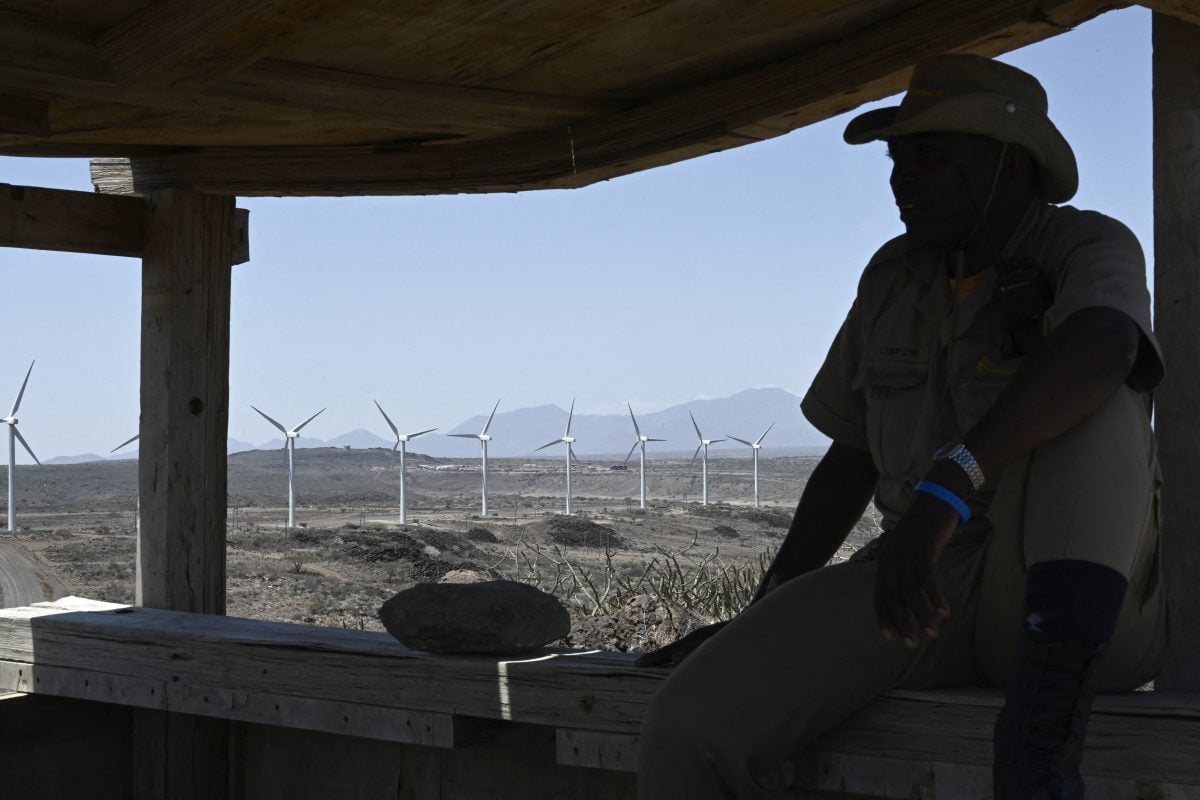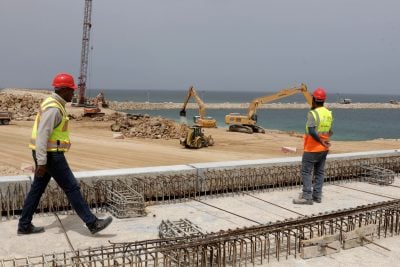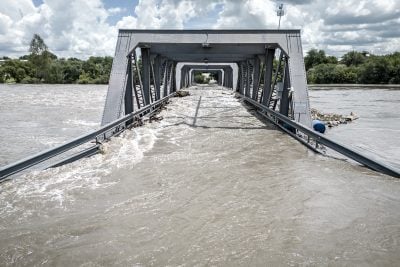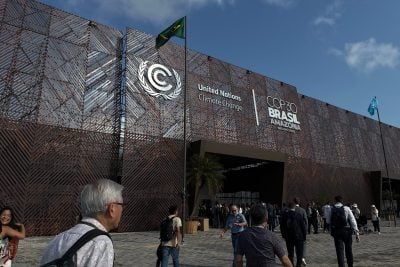Across East Africa, wind turbines, solar panels, hydro power stations and geothermal power plants symbolise a clean energy revolution.
Countries like Kenya and Rwanda generate 90% and 53% of their electricity from renewable energy sources, respectively. Yet for millions of households and small businesses, power remains painfully expensive. As inflation rises and unstable fuel prices strain consumers, electricity tariffs have become a flashpoint in the broader cost-of-living crisis.
Progress in renewables
At the First Africa Climate Summit in Nairobi in 2023, African countries committed to expanding renewable energy capacity from 56 GW today to 300 GW by 2030 through the Accelerated Partnership for Renewables in Africa (APRA). About 600 million people, half of the continent’s population, have no access to electricity. At least 900 million people do not have access to clean cooking. The majority of them, women and girls, continue to inhale dirty fumes while preparing food.
Some parts of Africa, particularly the East African region, have made strides in increasing renewable energy capacity.
“In Kenya, we have over 75% access to electricity. Given that our grid is 90% renewable, we are in a good position,” says Wangari Muchiri, director of Africa at the Global Wind Energy Council.
Joab Okanda, a climate, energy and development expert based in Nairobi, says renewables progress in East Africa is a result of partnerships between governments and development banks.
“We have seen initiatives by national governments but also development banks like the African Development Bank and the World Bank through the Last Mile Connectivity Project that is looking to connect those who are far from the grid,” he tells African Business.
A new report by Ember released in September showed that solar panel imports to Africa grew by at least 60% in the 12 months to June 2025.
The East Africa region holds vast renewable energy resources, including solar, wind, and geothermal. The Rift Valley, which cuts across East Africa, provides potential for electricity generation from geothermal power plants estimated at 20,000 MW. Kenya is leading the charge in this sector, generating 950 MW from its geothermal power plants as of 2023, followed by Ethiopia and Tanzania.
Kenya’s high tariffs
Despite its vast renewable energy potential, Kenya’s electricity costs are among the highest in East Africa – electricity costs $0.25 per kilowatt hour (kWh) in the country, while in Rwanda, it is at 0.18/kWh.
Ethiopia, which recently launched the Grand Ethiopian Renaissance Dam GERD with a capacity of 6000 MW, has one of the most affordable electricity tariffs in the world at $0.003/kWh. Tanzania is also lower at $0.087 per kWh. Experts say this because of heavy subsidies by the two countries’ governments.
In Kenya, high prices drive up the costs of buying bread, commuting and energy for cooking.
“Energy access and use should not be a preserve of the few who can afford it. We have seen in Kenya where most of the households are connected, but people live in darkness, while the majority who can afford only use it for lighting. The tariffs are high,” Okanda says.
Many households in Kenya prefer cooking using gas and biomass, which depletes forests, to save on electricity tariffs.
“The cost ends up to the ordinary person. The consumer pays for that high cost of electricity,” says Muchiri.
While renewables will increasingly help to bring tariffs down, Muchiri says the main challenge is that the equipment that consumers need must be paid for upfront.
“You are asking somebody to pay up front for a solar panel or battery that they normally would pay for a small portion of the time for 25 years. A lot of times it is not affordable for most people,” she says.
Muchiri says taxes on equipment are also an issue.
“You might get a panel that is cheap in China. But we have value-added taxes and the cost of borrowing is quite high. That adds to the costs of the capital,” she says. “When you look at the upfront costs, the product ends up costing 30% more.”
Call for reforms
Okanda says independent power purchase agreements, which are inflexible, need to be reviewed. He says some of the contracts should be negotiated in local currency to curb the losses incurred in foreign currency exchange fluctuation.
Muchiri says policies in the energy sector must be easy to understand and consistent.
“Where there is a policy shift to make the market open, we have seen market forces coming and reducing the prices of energy services,” she says.
The 300GW target by 2030 in Africa was also reaffirmed at the Second Africa Climate Summit in Addis Ababa in September. African leaders emphasised a major shift: moving energy-intensive processing of Africa’s raw materials back to the continent, ensuring value addition happens at home. Africa holds more than 30% of the world’s critical green minerals like cobalt, lithium, manganese, and rare earth elements vital for building batteries, wind turbines and solar panels. But the minerals are shipped raw to China and other regions for processing.
Olamide Niyi-Afuye, chief executive officer at the Africa Minigrid Developers Association (AMDA), says while renewable energy resources such as solar, wind, and geothermal remain free and abundant, the next phase of Africa’s energy transition lies in making the infrastructure to harness them locally sustainable and affordable.
“By investing in local value chains, encouraging regional innovation, and implementing enabling policies, East Africa can position the renewable energy sector as a catalyst for industrialisation, job creation, and long-term price stability,” he tells African Business.
Call for more renewable energy finance at COP30
Despite its vast resources and a significant need for energy access, Africa receives just 2% of global investment in renewable energy. Ahead of COP30, a United Nations Africa Climate Summit to be held in Belém, Brazil, next week, Africa will again be pushing for climate finance for the energy transition.
Niyi-Afuye says Africa’s key demand must be for a paradigm shift that integrates global climate ambition with Africa’s fundamental right to development and universal energy access.
“Climate resilience cannot be achieved without a just energy transition that prioritises universal access,” he says.
“Without energy, communities cannot power irrigation systems to secure food supply, run health clinics during climate-related emergencies, or support industries that create climate-resilient livelihoods.”
Muchiri says Africa needs localisation and ownership of supply chains.
“Africa is importing millions of solar panels and wind turbines, but we are not benefiting from the jobs that come with renewable energy. Even if it is a few components that can be manufactured locally,” she says.
Okanda says Africa must continue demanding that its share of investments that go into renewable energy globally be increased from 2% to at least 20%. He says the global financial architecture should be reformed because currently, the high borrowing interest rates for African countries, compared to European countries, are a systemic barrier to investments in renewable energy.
Want to continue reading? Subscribe today.
You've read all your free articles for this month! Subscribe now to enjoy full access to our content.
Digital Monthly
£8.00 / month
Receive full unlimited access to our articles, opinions, podcasts and more.
Digital Yearly
£70.00 / year
Our best value offer - save £26 and gain access to all of our digital content for an entire year!

 Sign in with Google
Sign in with Google 



